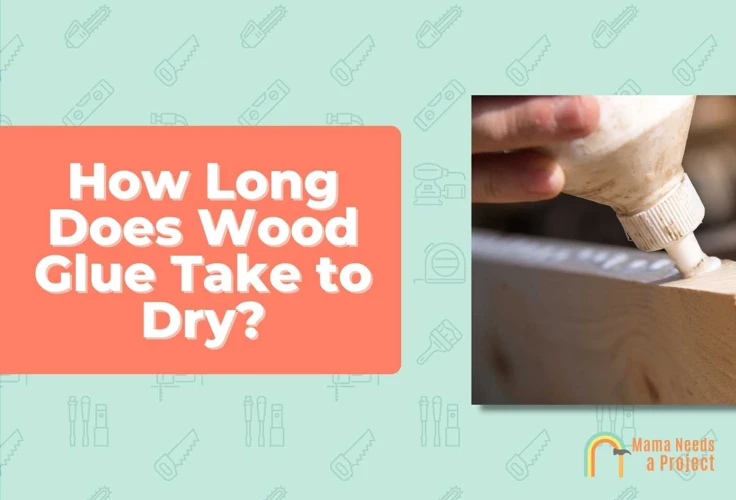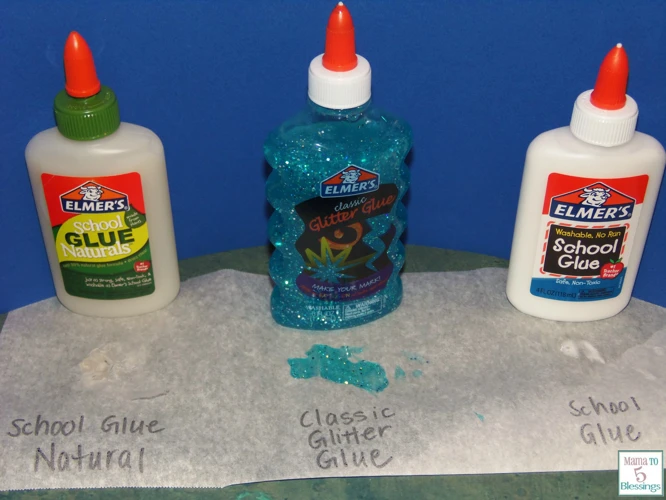Can Elmer’s Glue Be Used on Plastic?
Elmer’s Glue is a household name, synonymous with school projects and home crafts. While it’s well-known for its effectiveness on materials like paper and fabric, many wonder if it can be used on plastic. The short answer is yes, with some caveats. Elmer’s Glue can adhere to plastic surfaces, but its efficiency may vary depending on the type of plastic and the application.
Does Elmer’s Glue Work on Plastic?
Elmer’s Glue can work on plastic, but it’s not the best adhesive for all types of plastic. It is most effective on porous plastics that allow the glue to penetrate the surface. Non-porous plastics, such as polyethylene or polypropylene, may not hold the glue as well because they prevent the glue from seeping into the material, resulting in a weaker bond.
Preparation for Using Elmer’s Glue on Plastic
Materials Needed for Gluing Plastic with Elmer’s
Before starting your project, gather the necessary materials. You’ll need Elmer’s Glue, the plastic items you want to adhere, a clean cloth, sandpaper (if applicable), and a clamp or weight to hold the bonded pieces together while drying.
Surface Preparation Tips
Proper surface preparation is crucial for a strong bond. Clean the plastic surfaces with a damp cloth to remove dust and oils. If the plastic is non-porous, lightly sanding the surface can help create a texture for the glue to grip. Wipe away any sanding debris before applying the glue.
Applying Elmer’s Glue to Plastic
Step-by-Step Gluing Process
1. Clean the plastic surfaces as described above.
2. If necessary, sand the areas to be glued for better adhesion.
3. Apply a thin layer of Elmer’s Glue to one of the plastic surfaces.
4. Press the two surfaces together firmly.
5. Remove any excess glue that seeps out of the edges.
6. Use a clamp or a weight to keep the pieces pressed together while the glue dries.
Tips for Ensuring a Strong Bond
For a stronger bond, apply the glue evenly and avoid using too much, as this can weaken the bond and increase drying time. Make sure the items are clamped together tightly and leave them undisturbed during the drying process.
Elmer’s Glue Drying Time and Conditions
Elmer’s Clear Glue Dry Time on Plastic
Elmer’s Clear Glue typically takes about 24 hours to dry completely on plastic. However, it can set in as little as 30 minutes. For the strongest bond, it’s recommended to allow the glue to cure for a full day.
Factors Affecting Drying Time
Several factors can affect the drying time of Elmer’s Glue on plastic. These include the thickness of the glue layer, humidity, temperature, and airflow. Higher humidity and lower temperatures can prolong the drying time, while a warm, dry environment can speed up the process.
Does Elmer’s Clear Glue Dry Clear?
Visual Clarity of Elmer’s Glue After Drying
Elmer’s Clear Glue is designed to dry clear, providing a nearly invisible bond on plastic. However, if applied too thickly, the glue may dry with a cloudy appearance. For the clearest results, apply a minimal amount and spread it thinly and evenly.
Clear Drying Glue for Plastic: Alternatives to Elmer’s
If Elmer’s Glue doesn’t meet your needs for a clear-drying adhesive on plastic, consider alternatives like epoxy resin or clear silicone adhesives. These options are designed for stronger adhesion on plastic and dry with high clarity.
Post-Application: Curing and Bond Strength
Does Elmer’s Glue Dry Hard on Plastic?
Elmer’s Glue dries to a hard, yet somewhat flexible state on plastic. While it can hold items together for light-duty applications, it may not be the best choice for heavy-duty or high-stress scenarios.
Assessing the Durability of the Glue Bond
To assess the durability of the bond, allow the glue to cure fully, then test the bond strength by applying gentle pressure. For items that need to withstand more wear and tear, you might need a stronger adhesive specifically formulated for plastics.
Care and Maintenance
Handling the Glued Plastic Items
After the Elmer’s Glue has dried and cured, handle the items with care. Avoid heavy loads or extreme temperatures, as these can compromise the bond.
Does Elmer’s Glue Expire?
Elmer’s Glue does have a shelf life and can expire, typically within 2-3 years of manufacture if unopened. An expired glue may not bond effectively and should be replaced.
Conclusion: Is Elmer’s Glue the Right Choice for Plastic?
Summarizing the Effectiveness of Elmer’s Glue on Plastic
Elmer’s Glue can be a convenient option for bonding plastic in non-stressful, lightweight applications. It is easy to use and dries clear, making it a suitable choice for crafts and simple DIY projects.
When working on various projects, understanding the drying times of different adhesives is crucial. If you’re using Elmer’s Glue on plastic and wondering about its drying time, you may also be curious about how other adhesives perform on different materials. For instance, if you’re working with cardboard, you might want to check out our article on how long PVA glue takes to dry on cardboard. In case you’re dealing with wood, our guide on how long super glue takes to dry on wood could be particularly helpful. And for those using hot glue on plastic, we have a detailed explanation of how long hot glue takes to dry on plastic. Each adhesive has its own set of properties and drying times, so make sure to use the right one for your project!
Clear Dry Glue Alternatives for Plastic Projects
For more demanding plastic bonding tasks, consider specialized adhesives like plastic cement, epoxies, or super glues, which are designed for stronger, more durable bonds on a variety of plastic types. Always choose the right adhesive for the job to ensure the best results.

